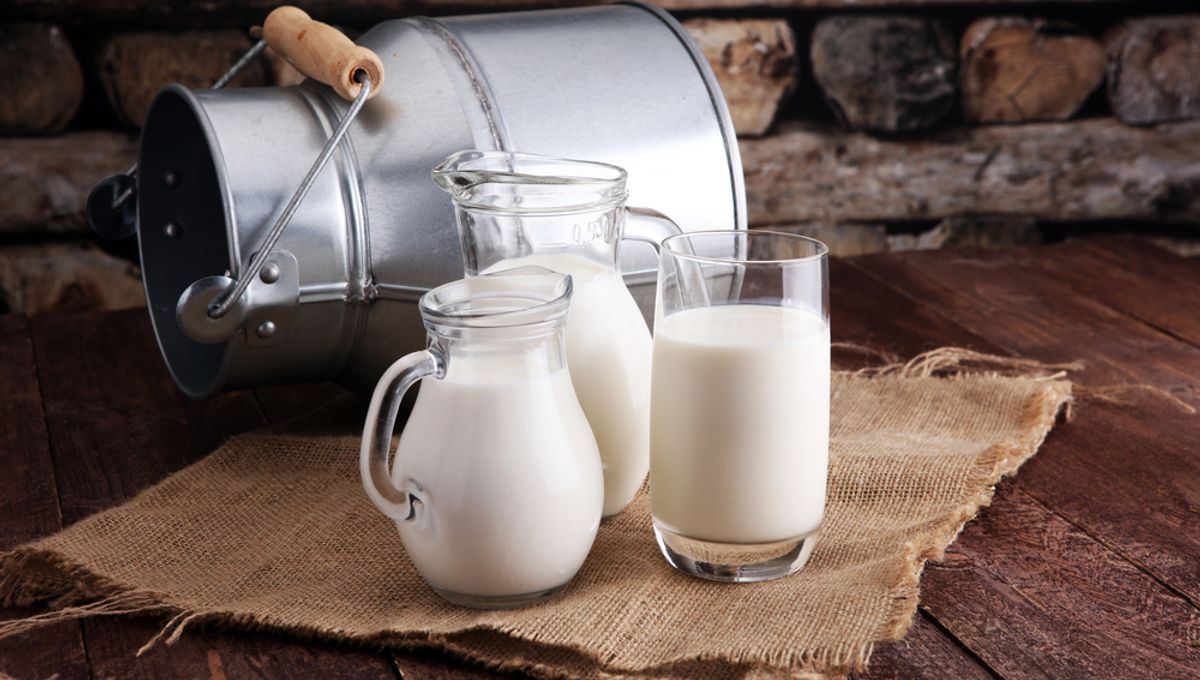
When humans first made the switch from hunter-gathering to agriculture, we were quite a wee bunch – yet new research suggests we may have grown taller and stronger as we started drinking milk. After analyzing thousands of ancient skeletons, the study authors found that increases in human body size tend to coincide with the genetic spread of lactase persistence, which refers to the ability to digest milk beyond infancy.
The researchers set out to determine how our ancestors’ body mass and stature changed as farming emerged in different regions, and which factors may have influenced these alterations in size. Until now, it had largely been assumed that humans initially became smaller when they adopted agriculture as their diets became poorer and their health deteriorated.
However, after looking at 3,507 skeletons from 366 archaeological sites in Europe, the Middle East, the Nile Valley, South Asia, and China, the study authors found that this shrinking effect actually began before the agricultural revolution. Explaining this global shift towards petiteness, the researchers suggest that a scarcity of food following the Last Glacial Maximum may have stunted the growth of those living at the time.
A short while later, farming began to take hold in the Levant and East Asia – both of which offered excellent conditions for the domestication of crops. In these regions, human body size didn’t actually change much over the following millennia.
In contrast, farming was much more difficult in Europe, where crops introduced from Asia failed to grow and people had to resort to drinking milk to survive. As the dairy diet spread across the continent, natural selection ensured that the genes for lactase persistence became increasingly prevalent in European populations.
“That process of evolution led to the pattern of lactose intolerance that we see today, where people in the north of Europe are more frequently lactose tolerant than people in the south of Europe,” said study author Jay Stock in a statement.
When looking at the skeletons, the researchers noted a marked increase in body size in Central Europe between 8,000 and 5,000 years ago, with a similar enlargement among Northern Europeans occurring about 1,000 years later. These time scales match up pretty well with the spread of lactase persistence genes in these two populations, indicating that the consumption of milk may have driven this growth spurt.
“Within Northern Europe, modest increases in body mass were noted in Britain among males, but the most significant trends toward increased stature and body mass were found in the Baltic and southern Scandinavian regions,” write the researchers.
Summing up the impact of dairy consumption on human body size across the world, Stock explains that “milk drinking has been culturally important in different continents, and we see the genetic legacy of that today.”
“I think the same mechanisms are likely driving some human size variation within Africa, for instance, Maasai herders of eastern Africa are characteristically tall and have a rich cultural history of drinking milk. Unfortunately, we don’t currently have the data to test that yet.”
The study has been published in the Proceedings of the National Academy of Sciences.
Source Link: Drinking Milk Made Ancient Humans Bigger